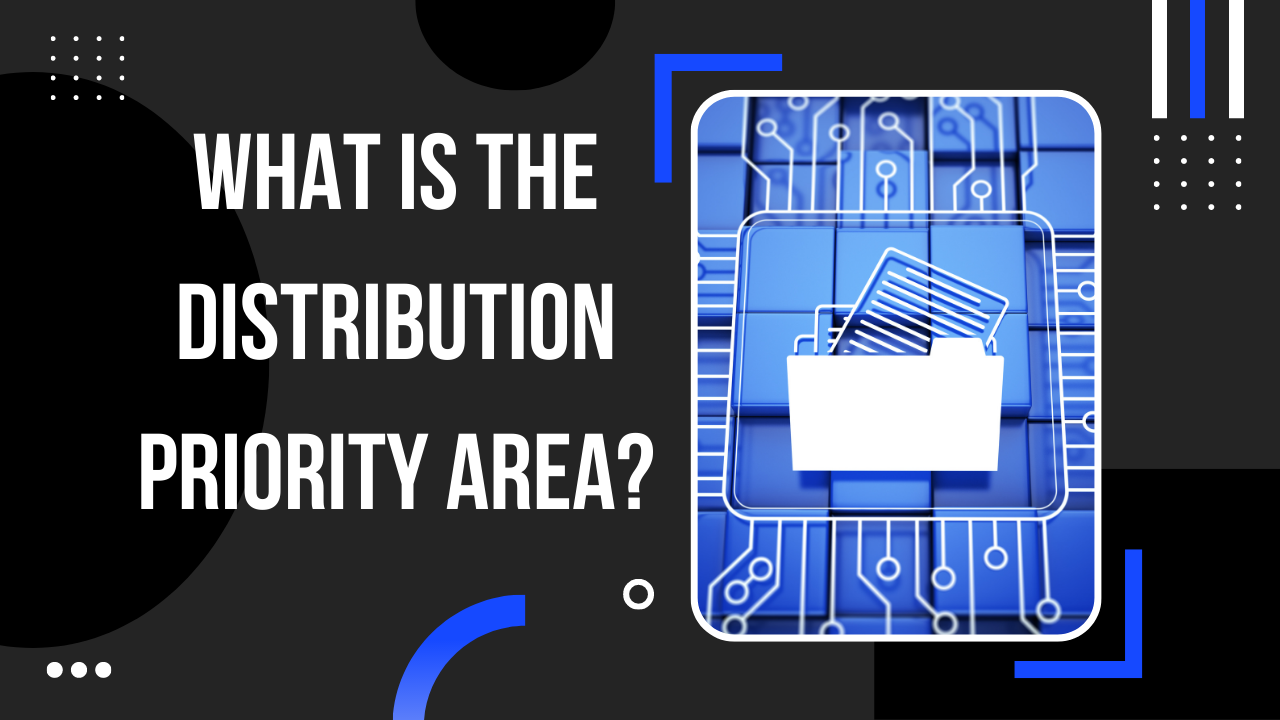
What is a Distribution Priority Area (DPA)?
Distribution Priority Area (DPA) is the Australian Government’s health workforce classification system used to address the geographic maldistribution of the Australian medical workforce.
DPA comes from section 19AB of the Health Insurance Act 1973, which restricts access to Medical Provider Numbers (MPN) for IMGs.
To access the Medicare Benefits Scheme, international medical graduates (IMG) must work in a DPA for 10 years from the date of medical registration in Australia.
Typically, the Department of Health can only grant a Medicare Provider number to an IMG working in a DPA location.
The DPA system takes into account the GP-to-population ratio, demographics (gender/age), and socioeconomic status of patients living in a GP catchment area.
An area that has been classified as a DPA for GPs has been assessed as not receiving adequate GP services for the needs of that population.
The DPA applies blanket rules:
A map of Distribution Priority Areas is available at the Health Workforce Locator.
There are methods to shorten the 10-year moratorium
There are exemptions available in some cases for IMGs to be able to work in non-DPA locations before the end of their moratorium:
If you have a specific query, you can contact the relevant contact at the Department of Health at 19AB@health.gov.au
Leave Your Comment